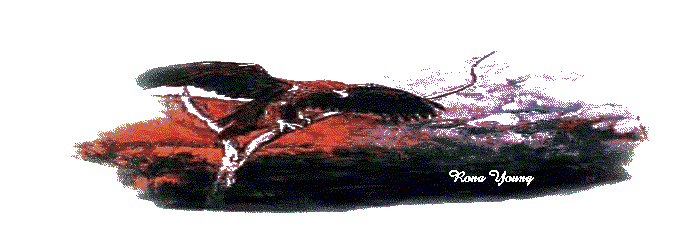


Fire and lack of appropriate land-care strategies is one of the major issues currently confronting the Kimberley. Kimberley land owners and managers continue to use fire as the main tool for land-care, range-land and natural resource management. This has resulted in an increase in the siltation of our major river systems, the drying up of natural springs, increasing degradation, salination and general loss of bio-diversity. This project will show the positive results of using alternative natural resource management strategies. The project will contribute towards a better understanding and knowledge on how herd animals can be effectively used to protect our diminishing gene reservoirs, establish more effective water cycle's and re-vitalise and increase biodiversity.
On Kachana land care and resource management, using the herd management principle has been in place since 1992 to rebuild the foundations for sustainable land use. Kachana Pastoral Company and Kimberley Specialists have put facilities and qualified people in place to cater for research and practical on-going land-care projects. An ongoing comparison with land-care projects started by Kachana Pastoral Company over 10 years ago will allow researchers and practitioners to monitor trends and interpret the results of the 'Biodiversity Island' project. Research projects on Kachana are already attracting national and international researchers and indigenous participation and involvement.
This 'Islands of Biodiversity' projects provides opportunity to explore the use of animals as a tool for sustainable management of Kimberley natural resources. Its research implications and outcomes will assist land managers to make more informed decisions in regards to natural resource and pastoral management decisions. The success of these projects will also provide impetus for more sustainable management strategies of other ecologically sensitive area's throughout the Kimberley
Several 'Islands of Biodiversity' and their Gene Reservoirs have been identified and resource management projects and scientific research put in place..
This project will identify a 50ha watershed area of threatened aquatic and other biodiversity habitat and will put in place an effective sustainable resource management strategy. This strategy will identify the range of habitat systems found within the watershed area and manage them accordingly. The primary objectives of the project is to establish a more effective water cycle in the identified area, protect the threatened 'Island of Biodiversity' from fire by creating a fire buffer zone, create refugia of remaining threatened flora and micro-organisms both in numbers and genetic diversity as well as create safe habitats for threatened fauna. Herd animals will be used to create the fire buffer zone, and will also be used to fertilize, mulch and create protective litter and soil build-up within the 'Islands' varying ecological habitat systems if and when required. Permanent fencing will be constructed around the determined boundary of the watershed 'Island of Biodiversity' to keep unmanaged stock out.
The short-term outcomes of this proposed project can be easily discerned. The use of the Kachana herd as a management tool to establish the fire buffer Zone around the project area would immediately provide protection for the 'Island of Biodiversity' from wild fire. The building of the permanent fence would also immediately ensure that the project area was free from unmanaged cattle impact. The fire buffer zone and the fencing would in turn create refugia of remaining threatened flora and micro-organism both in numbers and genetic diversity and also create safe habitats for threatened fauna. The protection of this watershed area from fire and increased vegetation and litter on the ground would see a reduction of silt loads into the natural springs and creek.
The long-term outcomes of this project can be measured against the success of the ongoing program of using the herd management strategy on other areas of Kachana. Within three to five years of using the management strategy proposed, several outcomes are anticipated.